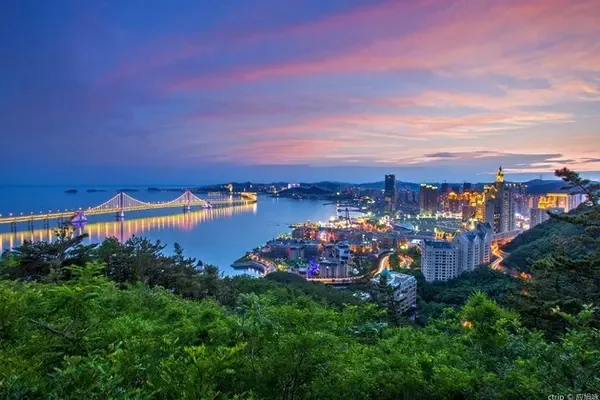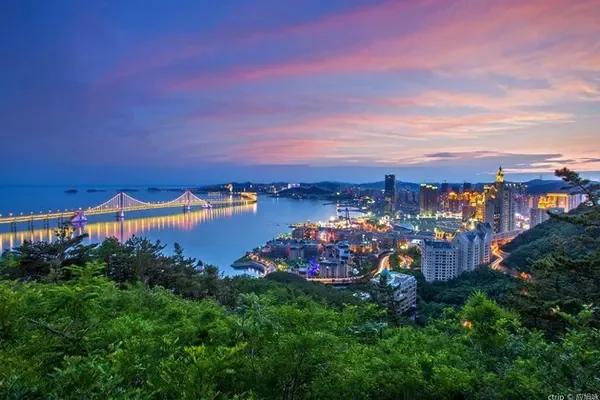Burqin County is located in the northern part of the Xinjiang Uygur Autonomous Region, at the southern foot of the Altai Mountains, north of the Junggar Basin, on the banks of the Irtysh River. It borders Kazakhstan, Russia, and Mongolia in the north and northeast. It is the only place to pass through the two border trade ports in the northwest of Xinjiang. There is an ideal port on the border with Russia, which is of great development value, and it is the only closest channel to open economic and trade exchanges between Northwest China and Russia.


As a travel enthusiast, I really feel that there are too many tourism resources in Burqin! Kanas, Colorful Beach, Grassland Stone Man... The following is the information I have collected for everyone in various places in Burqin, as well as beautiful pictures! Just to share the most beautiful scenery with you. Let more friends meet with me in Burqin and fall in love with Burqin.
[Fairy Tale Border Town Burqin]
Burqin is located in the northernmost Altay region of Xinjiang, and it is the only place to go to Kanas and Hemu. Burqin itself is also a very beautiful small town. The buildings in the city, as well as the flowers and trees on the street, make people feel like they are in a garden.



【Kanas, the pure land on earth】
Kanas is Mongolian, which means "beautiful, rich and mysterious". Kanas Lake is located in the northern part of Burqin County, 150 kilometers away from the county seat, with an altitude of 1374 meters and an area of 44.78 square kilometers. The alpine lake in the dense forest is 10 times larger than the famous Bogda Tianchi, and the deepest lake is about 198 meters. The lake is full of blue waves, the peaks are reflected, and the color of the lake changes from time to time with the changes of seasons and weather. It is a famous "color-changing lake".




【"China's Most Beautiful Nostalgia" Hemu Village】
Hemu Village is the concentrated living place of Tuva people, and it is the farthest and largest village among the only 3 remaining Tuva villages (Hemu Village, Kanas Village and Baihaba Village), with a total area of 3040 square kilometers. The houses here are all made of logs, full of primitive flavor. Hemu Village is most famous for its intoxicating autumn colors all over Wanshan. The smoke from cooking houses rises slowly in the autumn colors, forming a dreamlike smoke belt, which is better than a fairyland. On the hillside around Hemu Village, you can overlook the panorama of Hemu Village and Hemu River: ghosts in empty valleys, small bridges and flowing water, horse herders passing through the forest...




[Supernatural workmanship and colorful beach]
Colorful Beach is a national 4A-level scenic spot, located at the northern tip of Xinjiang, belonging to the Altay region, in Burqin County, on the first and second terraces on the north bank of the Irtysh River, which is the only one in China that flows into the Arctic Ocean, at an altitude of 480 meters, towards Habahe County , 24 kilometers away from Burqin County, is also the only way to the Kanas Lake scenic spot.



【Tuluk rock paintings】
It is located in Hemu Kanas Mongolian Township, Burqin County, at an altitude of 1440 meters. On the metamorphic phyllite on the east bank of Yiyi Bay in Kanas Lake, the bedrock has been formed by ancient glaciers into a special landform landscape - Yangbei Stone, on which petroglyphs are attached. The location of the petroglyphs is superior, overlooking the lake face to face, next to the beautiful and magnificent summer pasture.

【Hemu Grassland】
Kanas grassland is divided into alpine meadow grassland and valley grassland. Alpine meadows are distributed in alpine denuded terraces. In addition to Hemu grasslands, there are quite ornamental meadows such as Ayite Meadow, Tielisha Dry Meadow, East Silek Meadow, Baihua Garden, Black Lake Grass Meadow, Qianhu Meadow.


【Altai Mountains】
The Altai Mountains are on the windward side of the humid westerly airflow, and the damp and cold airflow in the southwest brings abundant rain and snow. The snow water flows southward along the slope, converging into the two major water systems of the Irtysh River and the Ulungu River, which nourish the pastures for thousands of miles and become an important base for animal husbandry in Xinjiang.





![[Xinjiang strategy] Northern Xinjiang classic 4-day tour, Kanas hiking, horseback riding, Burqin petty bourgeoisie tour](https://www.anyonetrip.com/uploads/202302/14/b50303841e39488a.webp)